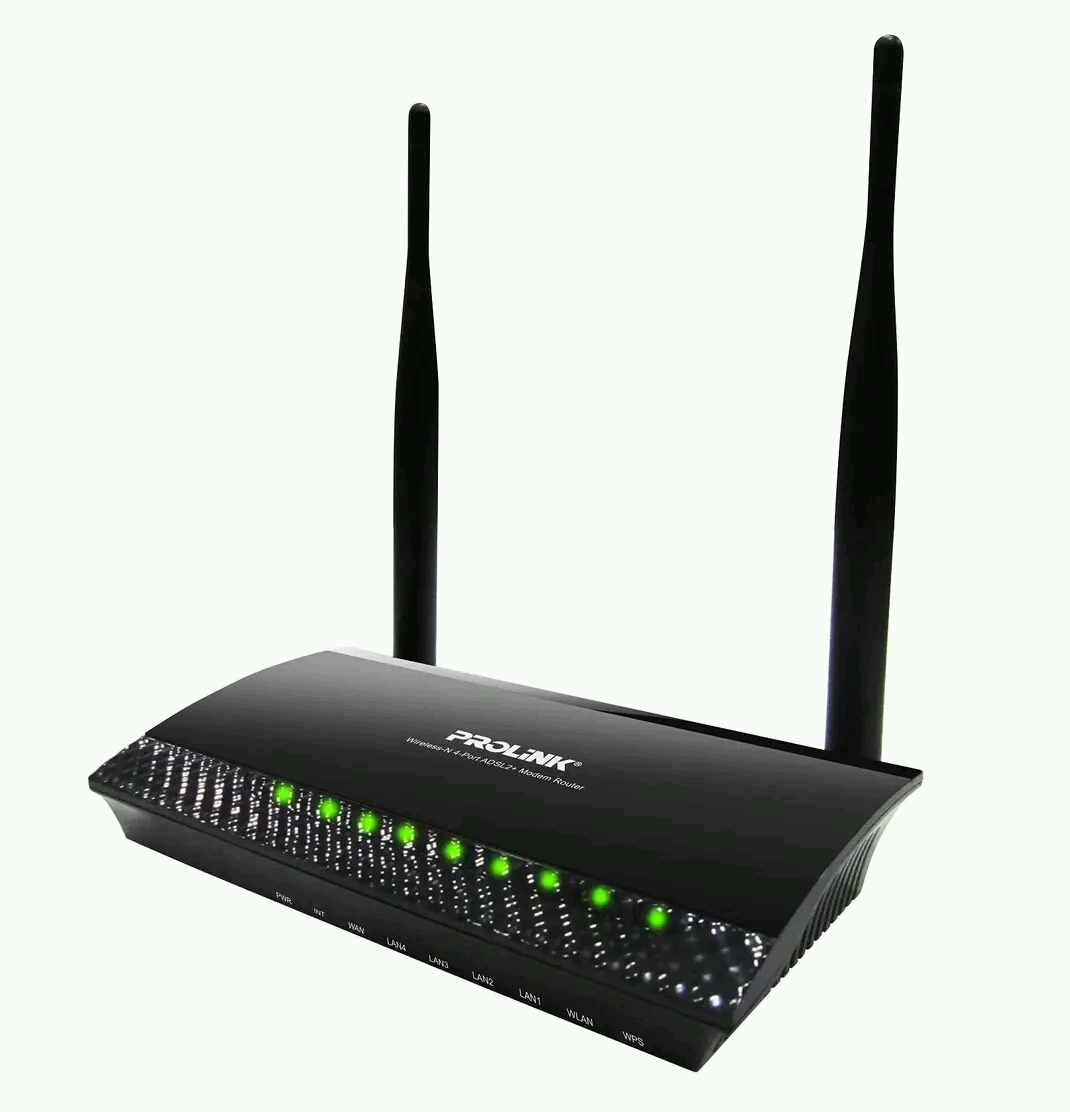A Complete Firewall Network Security Setup Guide

A Complete Firewall Network Security Setup Guide
Let us find out the real meaning of firewall network security before discussing the main topic which is; A Complete Firewall Network Security Setup Guide.
What is Firewall Network Secirity Guide?
A firewall is a network security system that monitors and controls incoming and outgoing network traffic based on predetermined security rules.

The main purpose of firewall is to protect a network from unauthorized access, malicious attacks, and other security threats.
Firewalls can be implemented in hardware, software, or a combination of both. They are typically placed at the boundary of a network and examine each incoming or outgoing packet of data to determine whether it should be allowed through based on the defined security rules. Some common types of firewalls include stateful inspection firewalls, application-layer firewalls, and network-layer firewalls.
The use of firewalls has become an essential component of network security for organizations of all sizes, as they help prevent unauthorized access to sensitive information and protect against cyber attacks.
Firewalls can also be used to enforce specific security policies, such as blocking access to certain websites or applications, limiting the use of certain protocols, or controlling access to a network based on the source of the incoming traffic.
In addition to controlling incoming traffic, firewalls can also be used to monitor outgoing traffic to prevent sensitive information from being transmitted outside of the network. This can include monitoring for malware or unauthorized access to sensitive information, and alerting network administrators when suspicious activity is detected.
Another important aspect of firewalls is the ability to update and adapt to changing security threats. As new security threats emerge, firewall configurations can be updated to provide protection against these threats.
It’s worth noting that firewalls are not a one-stop solution for network security, and must be used in conjunction with other security measures such as antivirus software, intrusion detection systems, and secure passwords. Additionally, regular maintenance and updates are necessary to ensure that firewalls remain effective against evolving security threats.
In conclusion, firewalls play a crucial role in protecting networks from security threats and ensuring the confidentiality, integrity, and availability of sensitive information.

A Complete Firewall Setup Guide
Setting up a firewall can help protect your computer or network from unauthorized access and security threats. The specific steps for setting up a firewall will depend on the operating system you are using, as well as the type of firewall you have chosen.
Here are some general steps for setting up a firewall:
Determine your operating system: This is important because firewall setup will differ depending on whether you are using Windows, macOS, Linux, or another operating system.
Choose a firewall: There are many different firewalls available, both free and paid. Some popular options include Windows Firewall, firewall software from a third-party provider, or a hardware firewall.
Install the firewall: Once you have chosen a firewall, you will need to install it. If you have chosen a hardware firewall, you will need to physically connect it to your network. If you have chosen software firewall, you can typically download and install it on your computer or network.
Configure the firewall: This is where you will specify the rules and settings for the firewall. For example, you may want to allow certain types of traffic, such as email or web browsing, while blocking other types of traffic, such as peer-to-peer file sharing. You can also set up rules to block access from specific IP addresses or networks.
Test the firewall: Once you have set up the firewall, it’s a good idea to test it to make sure it’s working correctly. You can do this by trying to access your computer or network from an external source, such as a laptop or smartphone.
Update the firewall regularly: Firewalls are an important part of your security system, so it’s important to keep them up-to-date with the latest security patches and updates.
Note: The specific steps for setting up a firewall may vary depending on the firewall you have chosen. It’s a good idea to consult the documentation for your firewall for detailed instructions.
Here are some additional details and best practices to keep in mind when setting up a firewall:
Enable the firewall: Once you have installed the firewall, make sure it is enabled and running. On many systems, the firewall will start automatically, but it is important to verify this and ensure it is functioning properly.
Block incoming traffic: By default, many firewalls will block incoming traffic, but allow all outgoing traffic. This is a good starting point, but you may need to customize the rules based on your specific needs. For example, you may want to allow incoming traffic from trusted sources, such as your company’s VPN server.
Allow exceptions: If you have specific applications or services that need to receive incoming traffic, you can create exceptions in your firewall rules to allow this traffic. For example, you may need to allow incoming traffic for a remote desktop application or a gaming server.
Logging: Make sure the firewall is configured to log all incoming and outgoing traffic. This can be useful for troubleshooting and monitoring the security of your network.
Monitor the firewall: Regularly monitor the firewall logs and review any alerts or notifications generated by the firewall. This can help you detect any suspicious or unauthorized activity on your network.
Keep the firewall software updated: Like any software, firewalls can have security vulnerabilities that are discovered over time. It is important to keep the firewall software updated with the latest security patches and upgrades to ensure it remains effective.
Regularly review the firewall rules: Regularly review the firewall rules and make any necessary changes based on changes in your network or security needs. For example, you may need to modify the rules if you add a new service or application to your network.
Remember, a firewall is an important part of your security strategy, but it is only one component. It is also important to use other security measures, such as antivirus software, strong passwords, and regular backups.
Following are the steps to set up a firewall:
1. Username/password: modify the default password for a firewall device
2. Remote administration: Disable the feature of the remote administration
3. Port forwarding: Configure appropriate port forwarding for certain applications to work properly, such as a web server or FTP server
4. DHCP server: Installing a firewall on a network with an existing DHCP server will cause conflict unless the firewall’s DHCP is disabled
SEE ALSO : HOW YOU CAN RUN IOS APPS ON YOUR ANDROID PHONE DEVICE
5. Logging: To troubleshoot firewall issues or potential attacks, ensure that logging is enabled and understand how to view logs
SEE ALSO : Advantages And Disadvantages of Blogging And Vlogging
6. Policies: You should have solid security policies in place and make sure that the firewall is configured to enforce those policies.
SEE ALSO : 38 PROFITABLE TECH BUSINESSES YOU CAN DO IN 2023
Hope this post on A Complete Firewall Network Security Setup Guide helps?
Comments are closed.